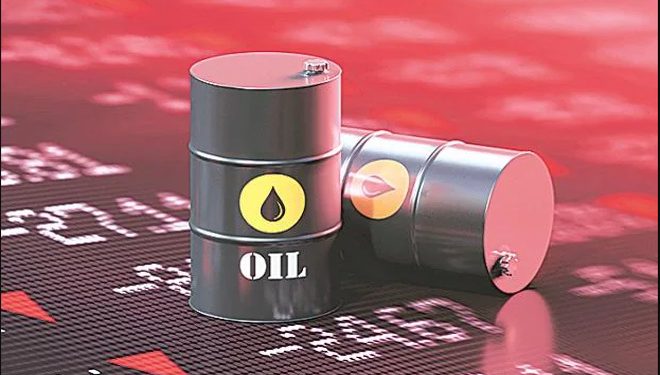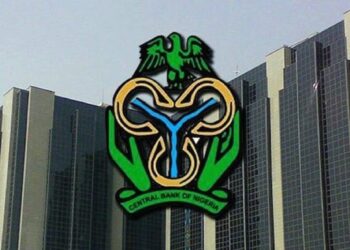The devaluation of the naira has led to a significant increase in bank credit to Nigeria’s oil and gas sector, rising by 78% to N11.8 trillion ($27 billion) in 2023. This spike highlights the sector’s dominant role in the country’s economy, surpassing other major sectors such as manufacturing and finance.
Sector Dominance and Bank Lending
In 2023, the oil and gas industry received the highest allocation of bank credit among all sectors, overshadowing manufacturing, which received N7.73 trillion, and the finance, insurance, and capital market sector, which received N4.33 trillion. Banks are particularly inclined to lend to the oil and gas sector due to its substantial foreign exchange earnings and significant capital requirements.
Impact of Naira Devaluation
Data from the Central Bank of Nigeria (CBN) reveals that the oil and gas sector holds the majority of foreign currency-denominated debts. The naira’s substantial devaluation in June 2023, resulting in a nearly 40% decline in its value against the dollar, has greatly inflated the naira equivalent of these debts.
Breakdown of Sector Debt
By the end of 2023, companies in the upstream and services sub-sectors owed N8.3 trillion, up from N4.8 trillion in May 2023. Meanwhile, the downstream, natural gas, and crude oil refining sub-sectors saw their debt rise to N3.4 trillion from N1.9 trillion in the same period.
Industry Concerns and Non-Performing Loans
Despite the rising debt, a tier-one bank’s chief financial officer indicated that non-performing loans (NPLs) could be mitigated if oil firms manage to restructure their costs or boost their revenues. The industry’s NPL ratio stood at 4.15% at the end of January 2024, approaching the regulatory threshold of 5%.
David Omojomolo, an Africa economist at Capital Economics, noted that servicing these debts has become more expensive for naira-earning borrowers. However, the oil and gas sector, with its dollar earnings, comprises a significant portion of foreign currency lending.
IMF Report and Banking Practices
A recent International Monetary Fund (IMF) report highlighted the rising NPLs in Nigerian banks, which stood at 4% for commercial banks but were much higher for microfinance banks (14%), development finance institutions (19%), and mortgage banks (20%). Some commercial banks have delayed recognizing NPLs by issuing bullet loans, where the principal is paid back at the end of the loan term.
Broader Economic Implications
The manufacturing sector recorded the second-largest increase in debt, rising by 35% to N7.7 trillion by December 2023. Similarly, the finance, insurance, and capital market sector saw a 64% increase in borrowing to N4.33 trillion.
Philip Ikeazor, Deputy Governor of Financial System Stability at the CBN, expressed concern over the disproportionate exposure of the oil and manufacturing sectors relative to their growth contribution. He warned that consecutive interest rate hikes could further strain the economy.
Economic Indicators and Growth
Nigeria’s economy grew at a slower pace of 2.74% in 2023, with inflation soaring to 33.2%, the highest in three decades. The monetary policy rate was raised to 24.75% in March, marking the highest level in over 20 years. This increase is expected to lead to the repricing of existing loans, potentially increasing default risks.
Other Sectors’ Borrowing Trends
The trade and general commerce sector experienced a 52% increase in borrowing, reaching N3.55 trillion. The information and communication sector’s borrowing rose by 46% to N1.98 trillion. The construction sector saw a 50% increase in loans to N1.82 trillion, and the power and energy sector borrowed 44% more, reaching N1.32 trillion. The agriculture sector also increased its borrowing by 29%, reaching N2.26 trillion in 2023.
Overall, these figures highlight the extensive borrowing across various sectors in Nigeria, driven by the devaluation of the naira and subsequent economic challenges. The continued monitoring and management of these debts will be crucial for maintaining financial stability in the country.










